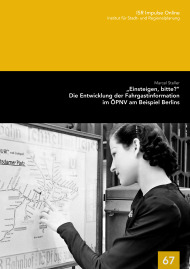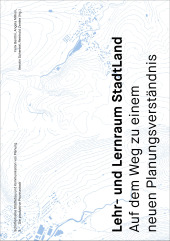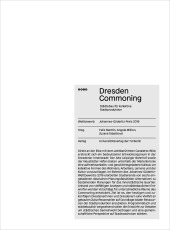„Einsteigen, bitte?“ Die Entwicklung der Fahrgastinformation im ÖPNV am Beispiel Berlins

Publishing year: 2020
Although the technical history of local public transport in Berlin has been well researched, so far no one has dealt intensively with passenger information and thus with the position of the passenger in the complex structure of transport companies, politics and the economy. This publication represents the first research work on this topic and is a desideratum. It deals with the history and development of passenger information in local public transport in Berlin from around 1800 to the present day with reference to the position of the passenger and the influence of politics and business on the information.
There will be a comprehensive description of the historical context in which the position of the passenger – wherever possible due to the source – is emphasized. Adittionally, we will pursue the emancipation of the passenger in the 1980s, which was triggered by the consequences of the car-friendly city and the increasing participation of citizens. Accompanying this, the technical possibilities of passenger information from the beginning of digitalisation to the present will be presented, taking into account the manifold effects and possibilities of the Internet.
A further focus is the analysis of the political and economic influence on the quality of passenger information. Contemporary documents, the history of bus stop signs and route network plans since the beginning of the 20th century will be used. This shows us which ideologically motivated measures were and are taken to influence travellers in the respective political systems. The renaming of stations and stops plays just as important a role as the combination of capitalist interests with their influence on passengers.[–] It will be worked out which position the passenger has had in various periods and where they stand today. The distinction between basic and extended journey information also enables this publication to take supposedly peripheral information such as fonts, colours and corporate design into account. In order to illustrate the variety of possibilities and obstacles, a chapter is dedicated to examples of the application of all the epochs covered.
The work concludes with a summary of opportunities, dangers and prospects in this area.



